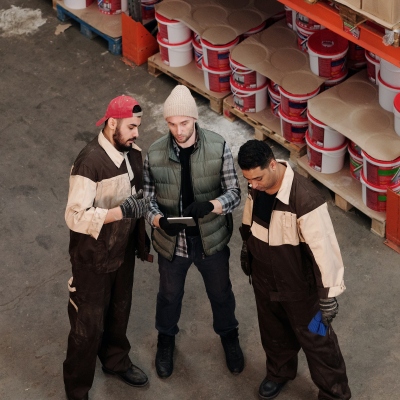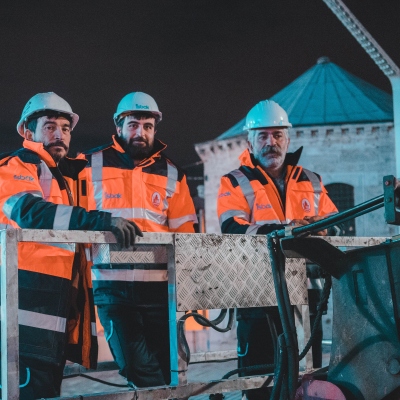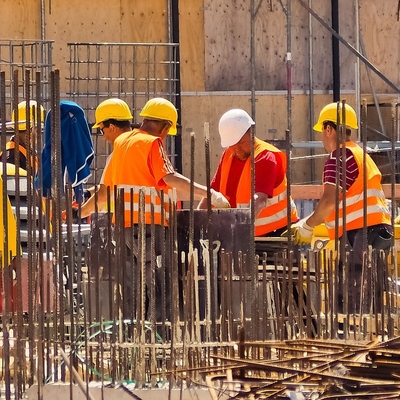Workplace social distancing
The COVID-19 pandemic and future virus outbreaks present a unique threat to business continuity. Providing a safe environment for workers and customers is key to staying open. Including being able to act fast if there's a suspected case in your team.
Control measures to stop the spread of the virus include social distancing and contact tracing to quickly identify any employees who have been in contact with someone who later tests positive for the virus.
Both represent significant logistical challenges in workplace environments where colleagues typically cross paths and interact, where teams include temporary or contract staff and where there are sometimes complex shift patterns.
It is likely that virus outbreaks are something we will have to manage for the foreseeable future, finding ways to stop the spread of the virus will be down to strong control measures, timely alerts and swift action.
Key Facts
We know that to slow the spread of infection and decrease the number of deaths, social distancing and self-isolation measures must be introduced as close to the time of disease onset as possible and sustained throughout the peak of disease trajectory.
- Government guidance is to maintain a 2m distance. One-metre distance could carry between two and 10 times more risk than maintaining a 2m distance.
- Indoors transmission is x19 riskier than outdoor transmission
Like other illnesses, the longer you stay in an environment, or the closer you are to someone who has the infection the more likely you are to develop symptoms.
- Longer and closer proximity exposure increases the likelihood of infection
The evidence to date suggests that some people who have experienced both mild and severe symptoms of COVID-19 can experience long-term health effects. Visit the government's website for the latest guidance on the long-terms effects of COVID-19.
COVID-19 statistics
Transmission increases at 1m compared to 2m
Indoor transmission riskier than outdoor transmission
Days to develop symptoms
How can workplace social distancing be managed?
SAFE DISTANCE is a wearable proximity alarm watch with cloud-based data management for GDPR compliant protection and workplace contact tracing.
Learn how Reactec can helpLegal social distancing obligations & regulations
Social distancing in the workplace applies to travelling to and from work, driving whilst at work and all areas of business including entrance and exits, break rooms and canteens. Employers are advised to:
- Ask employees to keep 2m apart as much as possible
- Avoid sharing workstations
- Arrange one-way traffic routes if possible
When not possible to maintain 2m distance you should do everything practicable to manage the transmission risk:
- Keep activity time as short as possible
- Use screens or barriers to separate people
- Use back-to-back or side-to-side working wherever possible
- Stagger arrival and departure times
Team working
- As much as possible, keep groups of workers working together in teams that are as small as possible (cohorting).
- Reducing the number of people each person has contact with using fixed teams/partnering.Please visit the Government website for the most up to sate information.





